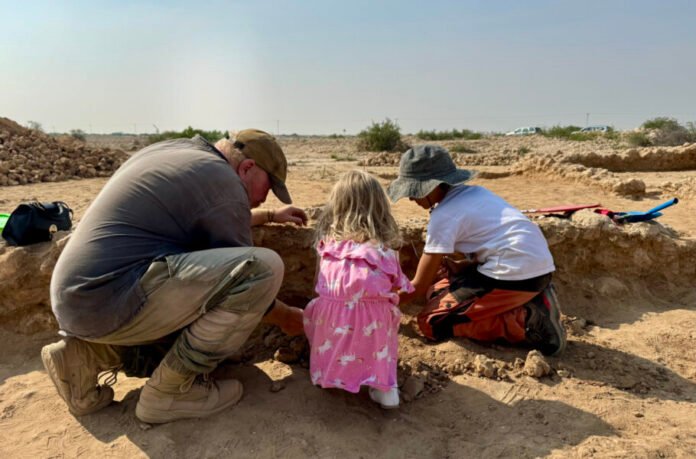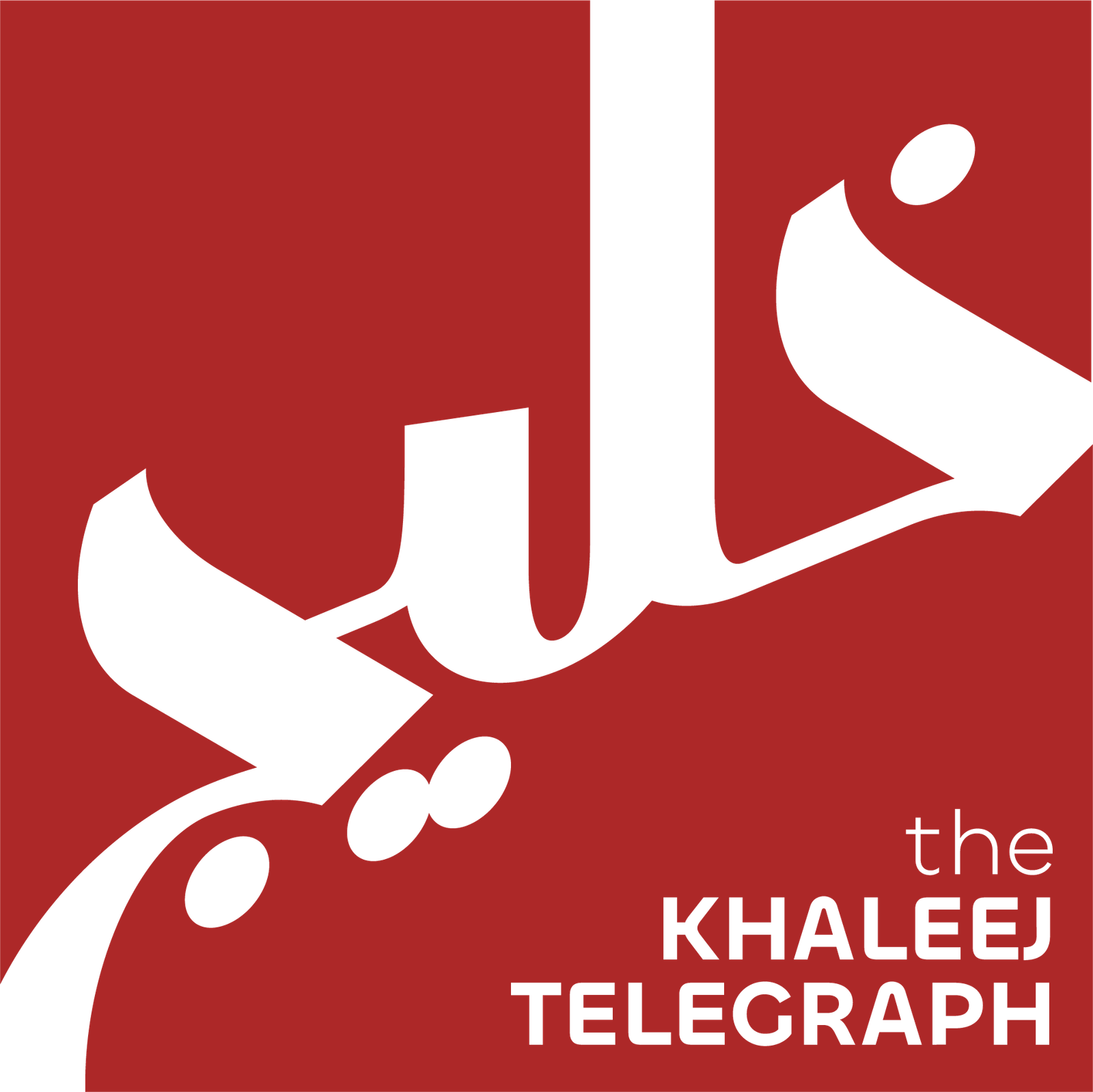Qatar Museums (QM) has announced plans to host open days at two key archaeological sites in northern Qatar, Ain Mohammed and Mesaika. The events will take place on February 15, March 1, and March 15. These will offer the public a unique chance to explore these sites as part of the “Landscapes of Faith” research project.
The open days will include guided tours. This will provide visitors the opportunity to interact with archaeologists and gain insights into recent discoveries. Attendees can also try their hand at excavation and view various archaeological finds up close.
Faisal Al Naimi, Director of the Archaeology Department at QM, emphasized the importance of the event in fostering a deeper connection with Qatar’s cultural heritage. “These open days offer an invaluable opportunity for the public to engage with the rich history of Qatar. This allows them to better understand and appreciate its past. It highlights the significance of preserving archaeological sites,” he said.
Dr. Robert Carter, Senior Archaeology Academic and Fieldwork Development Specialist at QM, as well as the director of the “Landscapes of Faith” project, shared insights into the recent excavations. “Our recent work has uncovered fascinating findings. These shed light on Qatar’s role during a transformative period. During this time, the region witnessed growing settlements and the spread of a new faith,” Carter explained. “Our ongoing research aims to understand the reasons behind these changes. It also seeks to reveal the connections to broader trade networks, stretching from the Islamic world to China.”
The “Landscapes of Faith” research project explores sites dating back to the 7th to 9th centuries CE. This period marks the gradual spread of Islam in eastern Arabia. Over 30 such sites have been identified in Qatar, with a majority in the northern regions.
The selected excavation sites, Ain Mohammed North B and Mesaika A, were chosen for their large, complex structures. These resemble small industrial units rather than residential buildings. In addition to pottery and glass fragments, which provide evidence of international trade, various items from daily life have been discovered. These include quern-stones used for grinding grain, an iron key, copper rods possibly used for kohl application, beads, and spindle whorls linked to textile production. Two of these spindle whorls have engraved decorations and are notably light. This suggests they were used to spin fine thread.


